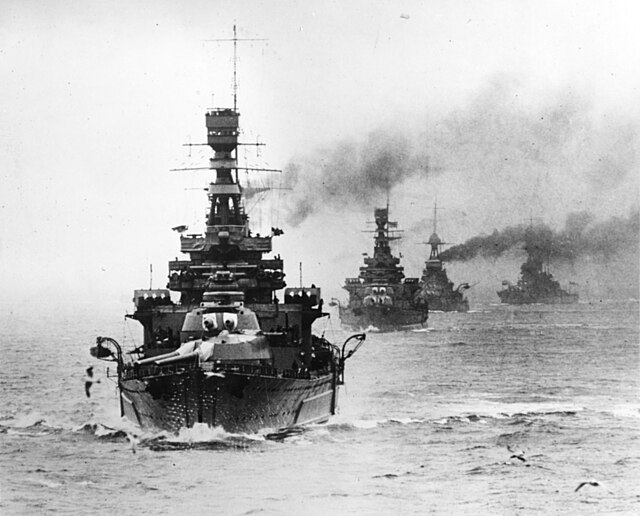The Singapore strategy was a naval defence policy of the British Empire that evolved in a series of war plans from 1919 to 1941. It aimed to deter aggression by the Empire of Japan by basing a fleet of the Royal Navy in the Far East, able to intercept and defeat a Japanese force heading south towards India or Australia. To be effective it required a well-equipped base; Singapore was chosen as the most suitable location and work continued on a naval base over the next two decades.
The Singapore strategy was the cornerstone of British Imperial defence policy in the Far East during the 1920s and 1930s. Financial, political and practical difficulties ensured that it could not be implemented. The strategy came under sustained criticism in Britain and abroad during the 1930s. The strategy ultimately led to the despatch of Force Z to Singapore and the sinking of the Prince of Wales and Repulse by Japanese air attack. The subsequent ignominious fall of Singapore was described by Winston Churchill as "the worst disaster and largest capitulation in British history".
Wikiwand in your browser!
Seamless Wikipedia browsing. On steroids.
Every time you click a link to Wikipedia, Wiktionary or Wikiquote in your browser's search results, it will show the modern Wikiwand interface.
Wikiwand extension is a five stars, simple, with minimum permission required to keep your browsing private, safe and transparent.
